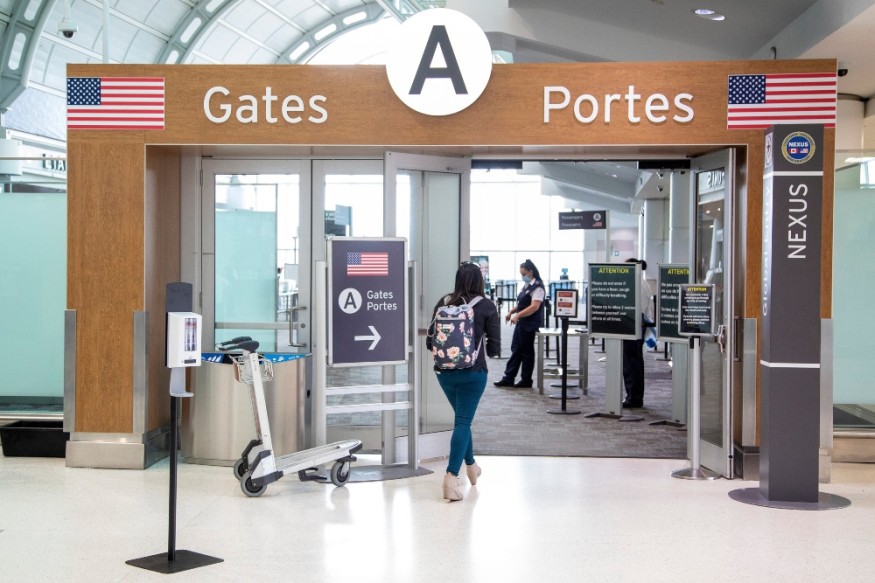5 Facts Immigrants Should Know About the Latest US Immigration Restrictions
U.S. President Donald Trump recently signed an executive order (EO) that expanded the restrictions on certain work visas for overseas hires to protect American workers and job seekers.

The restriction on these visas will take effect until the end of the year. However, many are still confused about who is affected and not in the new immigration executive order.
In an article published in Voice of America, here are the things that immigrants should know to get a clear picture of the order:
1. Who is affected?
The new immigration order covers H-1B visas for high-skilled workers widely employed by the country's technological companies, L-visas that is oftentimes used by businesses to transfer foreign workers within the company, J-1 visas for foreign cultural and work exchange, and H-2B visas for non-agricultural industries.
Dependents of the visa holders such as spouses and minor children are affected as well because they receive visas with limited work possibilities.
2. Who is not affected?
The new immigration EO does have an exemption as well. This does not cover those who have valid visas or green card, either the person is inside or outside the country, including those who applied for green cards or temporary visas from the U.S.
Additionally, spouses or children of U.S. citizens, those who provide essential service for the sustainability of food in the country, or someone who is determined of national interest by the State Department or the Department of Homeland Security.
3. What is the rationale behind the order?
The main purpose and goal of the immigration executive order are to protect the Americans and have them prioritized in getting the jobs. There are more than 45 million, who are unemployed today in the country, and the EO will pause the competition of American and foreign workers in getting a job in the country.
4. Who supported the new immigration executive order?
Republican Sen. Ted Cruz from Texas supported the action of Trump. Cruz said that the order is important and that it will help to preserve American Lives and American jobs. He even urged Trump to continue halting legal immigration in this time of global pandemic and the surge of unemployment in the country.
The NumbersUSA also supported and applauded the executive order. In a statement, the group said the EO represents a real opportunity for U.S. citizens to regain employment at a livable wage.
5. Who did not support the order?
Despite the main purpose and goal of the new immigration executive order, which is to put the U.S. citizens first, some persons and groups did not welcome and support the order.
Mainly, the immigrants' rights organizations and other advocacy groups have loudly opposed the executive order and House Judiciary Committee Chairman Jerrold Nadler accused the president of attempting to distract the American public to divert their attention in the government's failure to combat coronavirus disease 2019 (COVID-19).
Check these out!
Subscribe to Latin Post!
Sign up for our free newsletter for the Latest coverage!
© 2026 Latin Post. All rights reserved. Do not reproduce without permission.















